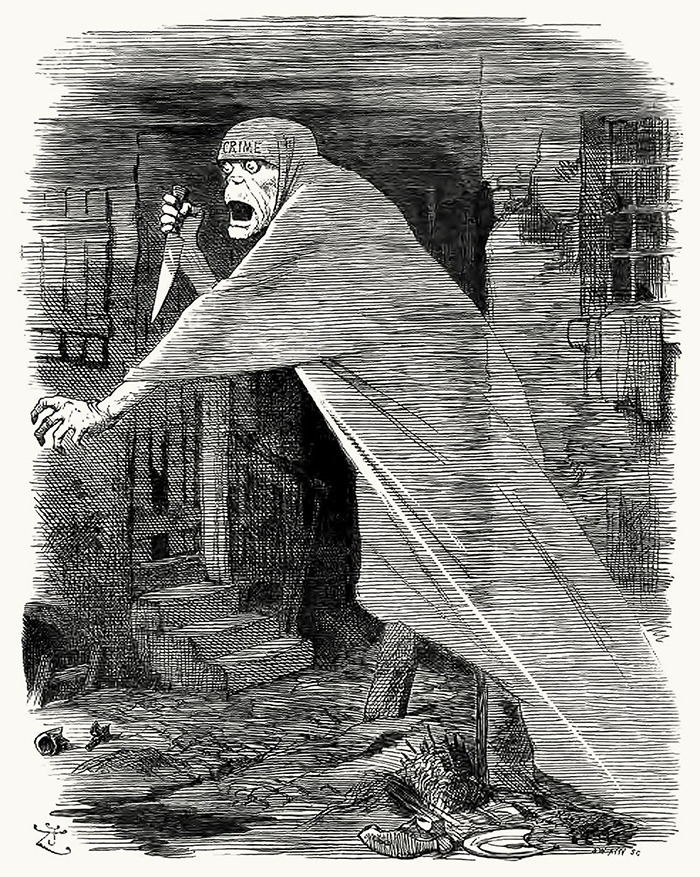“After 137 Years, Shocking DNA Breakthrough Unveils Possible Identity of Infamous Jack the Ripper!”
Scientists have doubts about the study results, need genetic sequences to be sure
Image credits: Wikimedia
As tangible as it sounds, some experts still have questions about the validity of the results. Walther Parsons, a forensic scientist from the Innsbruck Medical University in Austria, criticized the study for not including actual genetic sequences of the involved parties, which were instead represented by a graphic in the report, causing doubts about the reliability of the results. Parsons told Science.org in 2019 after the journal was published, “Otherwise, the reader cannot judge the result.”
Image credits: Wikimedia
Following Edwards’ initial DNA tests in 2019, molecular biologist Walther Parson and DNA researcher Hansi Weissensteiner, of the Innsbruck Medical University, expressed doubt over the shawl’s authenticity and the methods of its genetic testing.
They argued that genetic sequences from Eddowes and Kosminski’s living relatives were not included in the testing, in addition to questioning whether the shawl may have been contaminated due to the way it was stored. Kominski’s brother’s great-great-granddaughter has since provided a genetic sample for testing.
Prime Jack the Ripper suspect Aaron Kominski was a barber-surgeon in London
Image credits: Wikimedia
Who was Aaron Kosminski? He was a Jewish Polish immigrant who came to Whitechapel, England, back in 1881 with his brother. He became a barber once he made it to London. He was 23 at the time of the murders and was a prime suspect in the five murders which took place in 1888 but was never actually charged in the case. He then spent his life in an asylum where he was kept for his diagnosed schizophrenia until his death.
















